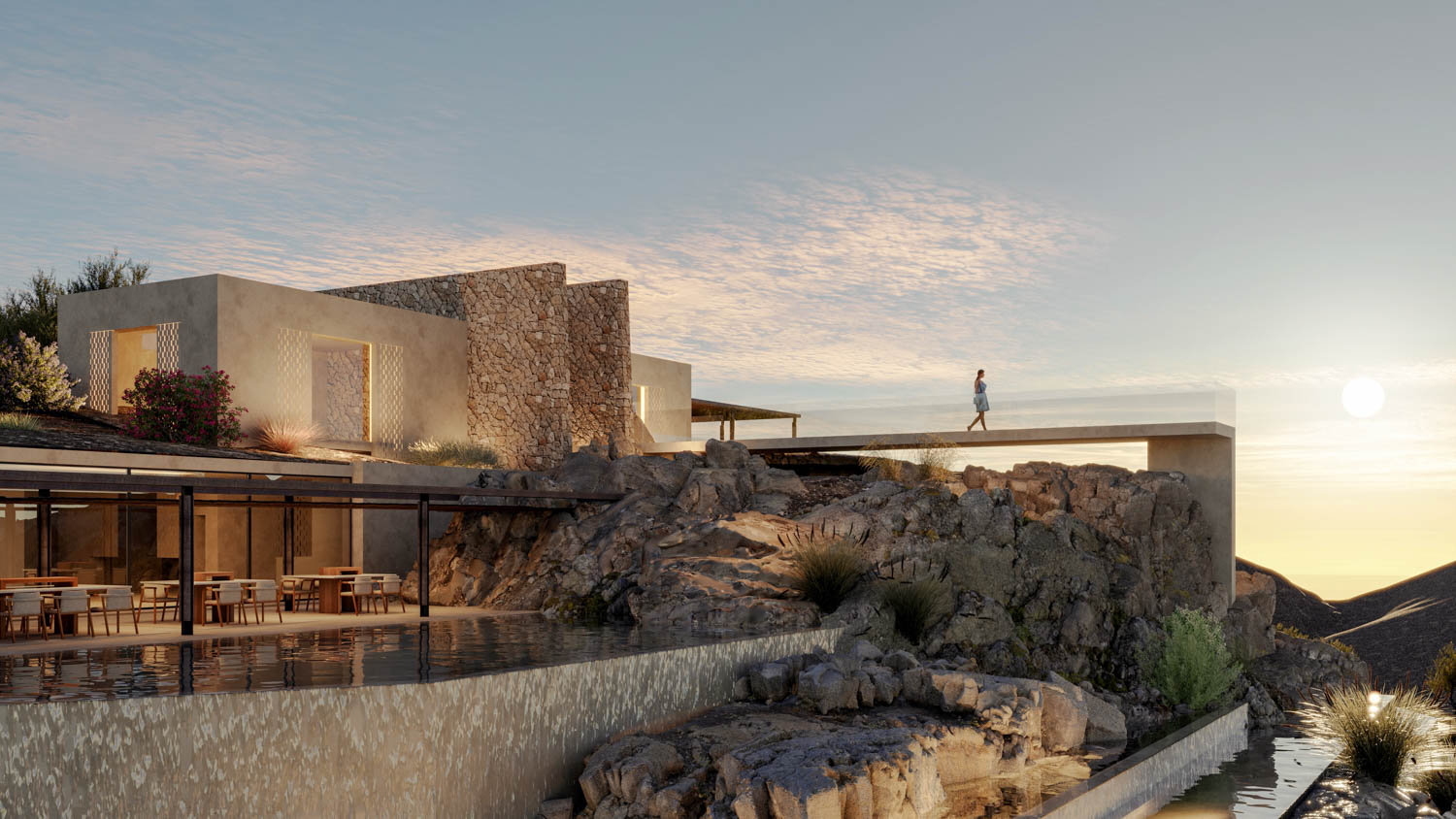
10 Questions With…Ria Vogiatzi of Elastic
As a child, Ria Vogiatzi was primarily interested in crafts, sculpture, and various forms of art—not architecture. And as a young adult, she pursued civil engineering. But her path took a transformative turn after a conversation with Alexandros Xenos, who would later become her husband and cofounder at Elastic. “You were born an architect,” Xenos told Vogiatzi. “You should study architecture!” Vogiatzi realized he was right, so she went back to university to study architecture.
Since 2005, Vogiatzi and Xenos have been at the helm of Elastic, cultivating a team of more than 100 architects and designers. With headquarters in Athens and offices in London, Toronto, Dubai, and Cyprus, Elastic has become synonymous with high-end hospitality design. Their work seamlessly blends sculptural architectural elements with a design philosophy that has garnered them global recognition.
Elastic’s collaboration with Aman, a luxury resort company, has further enriched their creative vision and allowed them to deliver experiences that are deeply rooted in their Greek heritage. Their expertise spans master planning, architecture, interior design, and even custom furniture lines. This year, they are preparing for the opening of Amanvari in Mexico, the revamping of Delano Miami Beach, and more.

Ria Vogiatzi Crafts Immersive Hospitality Experiences
Interior Design: How did your architectural career begin?
Ria Vogiatzi: My journey began right after completing my studies at the University of Architecture in Athens. Rather than joining an existing firm, I immediately founded Elastic with Alexandros. It was my first time working for an architectural or design firm. My inaugural project was designing the training center for AEK Football Club, one of Greece’s premier soccer teams. I was tasked with creating a case study for the training center. I applied my sculptural mindset alongside my architectural training to design a building.
ID: How has your background in sculpture, civil engineering, and architectural studies shaped your creative vision?
RV: My creative vision has been influenced by three important yet different disciplines. Art and sculpture have guided my sense of proportion and form, while architecture has been the creative force of functionality and human-scale spaces. Civil engineering, on the other hand, has given me the freedom to design structures that can challenge conventional forms and also support decisions with knowledge.
When I design, everything revolves around correct proportions, form, symmetry. My work always starts with hand sketches, and as I draw, I think about every detail, every line is a form, an experience, a frame. When I finish the sketch, the building and the space are complete in my mind. I can describe every detail as it should be. This, to me, is art.
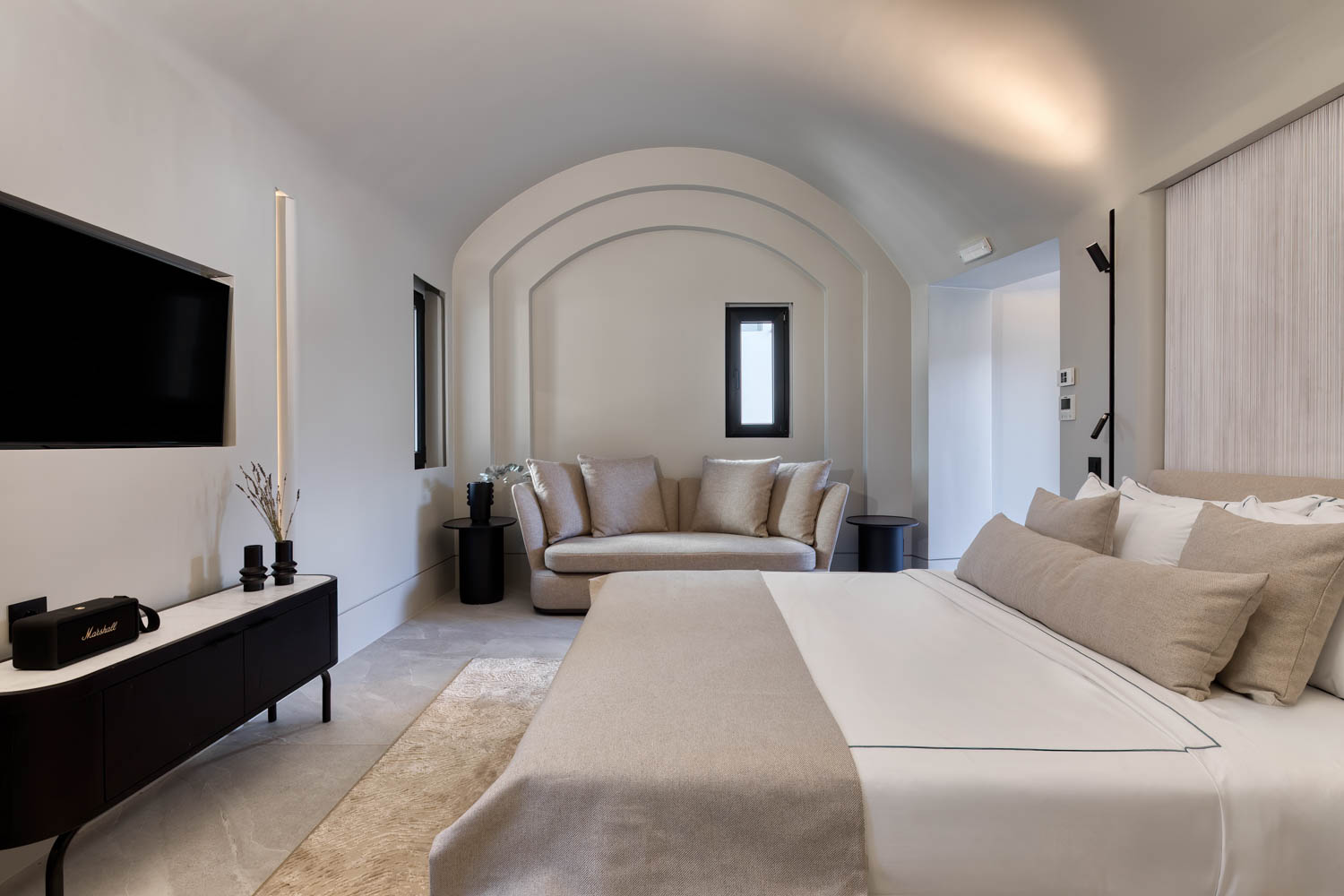
ID: Can you share how Elastic became a key player in the hospitality sector with global offices and more than 100 employees?
RV: Elastic was founded in 2015, in Athens, Greece, and quickly gained recognition through our emblematic project for the AEK FC training center. This project not only brought us significant publicity in the sports and design world but also provided me, a young architect, the opportunity to start my own design studio with just a couple of architects in the office. Elastic became renowned in Greece for our iconic commercial buildings. We won several design awards within the first two years.
The idea of becoming an international design firm emerged during the Greek financial crisis in 2010. Despite having major projects in Greece, the crisis impacted our studio, prompting us to shift our focus, both in architecture and interiors, toward high-end hospitality projects globally. Since then, we have worked on prestigious projects such as Aman Venice in Italy, Aman Cavtat in Croatia, Amanvari in Mexico, and collaborated with esteemed brands in locations like Delano Miami, Four Seasons Dubai and Mauritius, Banyan Tree, One&Only in Greece, and many more.
ID: Could you describe the story behind your breakout project?
RV: Our dream was to collaborate with Aman Resorts. The opportunity arose unexpectedly when we learned about a project in Montenegro that Andrian Zecha had without an architect. After reaching out through numerous emails, Andrian personally called us, leading to an engaging conversation where he agreed to let us present our concept design for the Aman villas. Traveling to Singapore to present our work was truly one of the most incredible experiences of my life. Andrian loved our design, and we were subsequently invited to Amanpuri to train with his team. This experience was not only a dream come true but also a transformative chapter in our design journey, leading to many exciting opportunities thereafter.
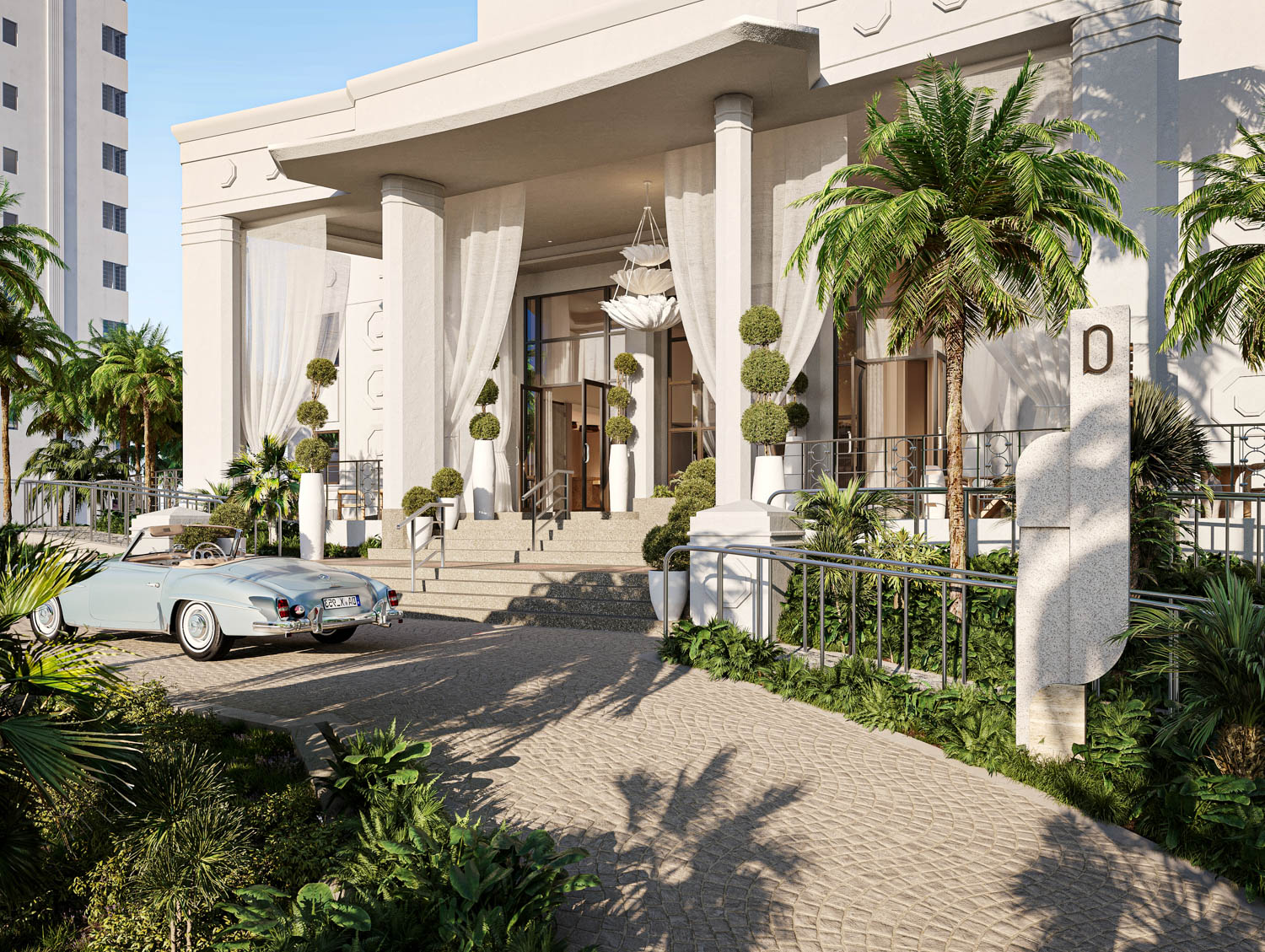
ID: How has your experience now, as a leading architect at Aman Resorts, influenced your current work?
RV: Designing for Aman is a mindset. In the office, we often say that if an architect becomes “Amanized,” it is very difficult to change. We design with absolute symmetry, with meticulously proportioned indoor and outdoor spaces and forms. The design is holistic across the architecture, interiors, and even the furniture. It is a concept visible throughout the project and perceptible in every aspect of the resort. Finally, we always use only four natural materials throughout the architecture and interiors, embodying what we call “elegant simplicity.”
ID: How did your expertise in space functionality contribute to the Mandarin Oriental Exceptional Homes – Villa Aegean project?
RV: We were captivated when we first saw this beautiful traditional Santorini house, with stone walls, arches, and vaults. Although abandoned, its location on the edge of a cliff in Imerovigli offers an extraordinary feeling of soaring above the Aegean Sea. Our aim was to craft a modern interpretation for today’s travelers.
Our design philosophy focuses on curating guest experiences, and while every moment is important, the journey begins with the arrival. The door, made of black wood, contrasts against the white wall, setting the tone for the sensations ahead. Outdoors, whimsical daybeds face the view over a black reflecting pool. We wanted to give the essence of Santorini through the black volcanic stone on the walls and the pure white plastered arches and vaults. A slice of light cuts through the arch on the façade, highlighting the sun to present the form in its perfection. Indoors, the arrival is marked by a sculpture on a lava stone, enhanced by a light recess for added impact.
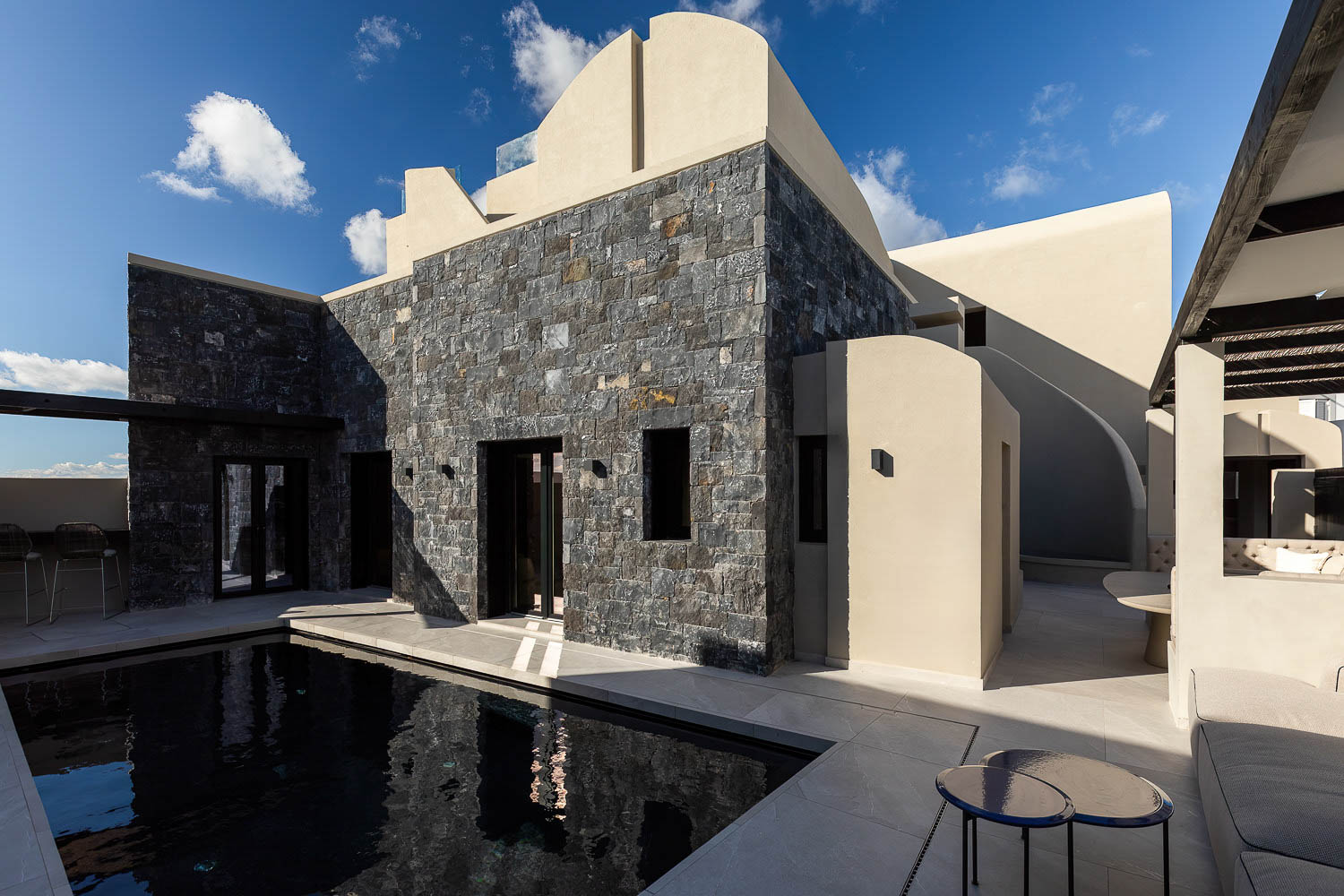
ID: How do you instill your design philosophy into your custom furniture lines?
RV: Our custom furniture is designed with a commitment to our principles of proportion, artistry, natural materials, impeccable quality, and perfection. Creating timeless, elegant, yet simple pieces is essential to us. We always draw inspiration from our architectural projects, so most of the time, the shape and materiality are inspired by a building we have designed. For example, our latest furniture collection is inspired by the Amanvari project we designed in Mexico.
ID: What recent projects have you completed?
RV: We recently completed a significant project: Delano Dubai. In anticipation of the hotel’s reopening in Miami, we designed the urban resort in Dubai to reflect the Miami atmosphere. Delano Miami Beach is a renovation of an existing hotel that we have now completely revamped in collaboration with the Ennismore design team. Delano was originally the iconic Miami hotel by Ian Schrager and Philippe Starck—a project Ennismore commissioned us to reimagine two years ago. Our partnership with Ennismore and Cain has ushered in a new era for the brand’s design identity, now beautifully expressed in the Dubai location.
Additionally, we have been involved in designing two restaurants at the world’s largest surf pool in Abu Dhabi. Drawing inspiration from ocean waves and surfboards, we incorporated fluid shapes into ceilings and walls, creating sculptural and organic forms that celebrate bold movement and natural lines.
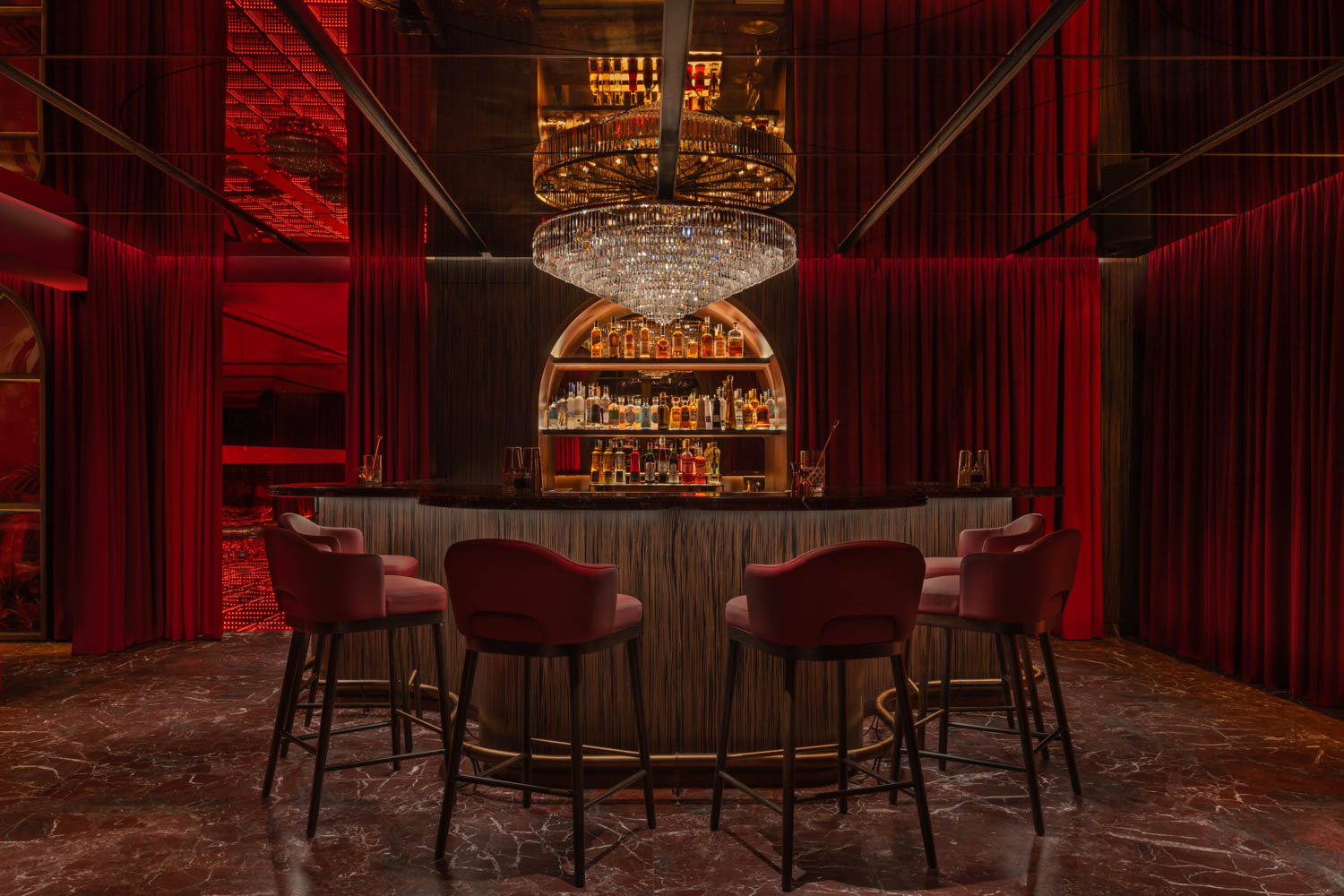
ID: What factors influenced your decisions for new projects for 2025?
RV: We have chosen to focus on projects in Miami, Costa Rica, and the Maldives. We believe these regions offer more opportunities for high-end villa resort design, aligning perfectly with our expertise. Additionally, we are excited about the prospect of exploring iconic towers with an urban resort ambiance in New York.
ID: You’ve worked with Aman Resorts, Four Seasons, Banyan Tree, One&Only Resorts, Nammos, and more. What comes next?
RV: Our passion for hospitality continues to drive us forward, and we are eager to expand our partnerships with other esteemed hotel brands, including Six Senses and Cheval Blanc. Recently, we completed the design of a tower for Banyan Tree residences in Dubai. We are currently working on a confidential project in Miami. We can’t wait for New York next.

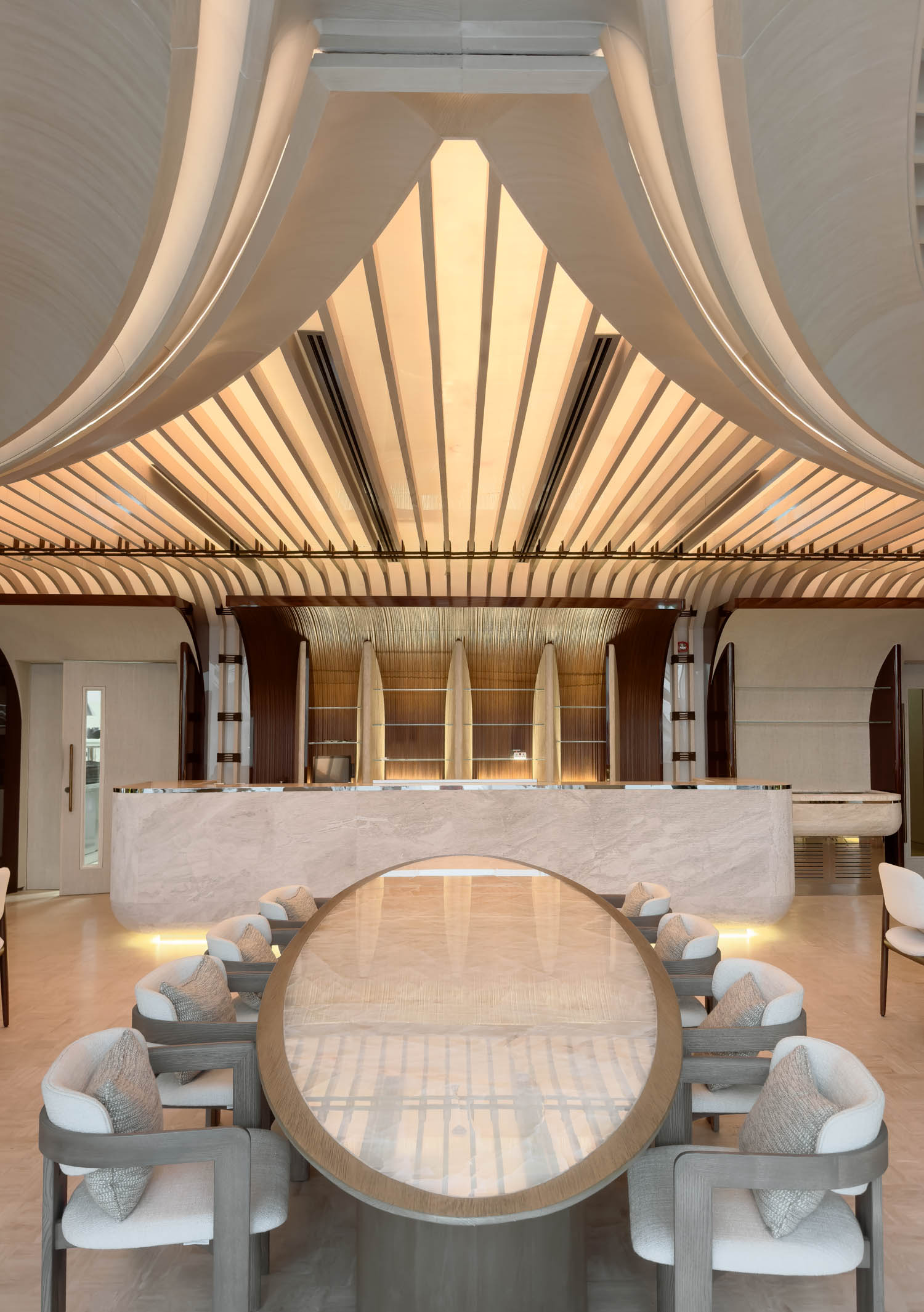
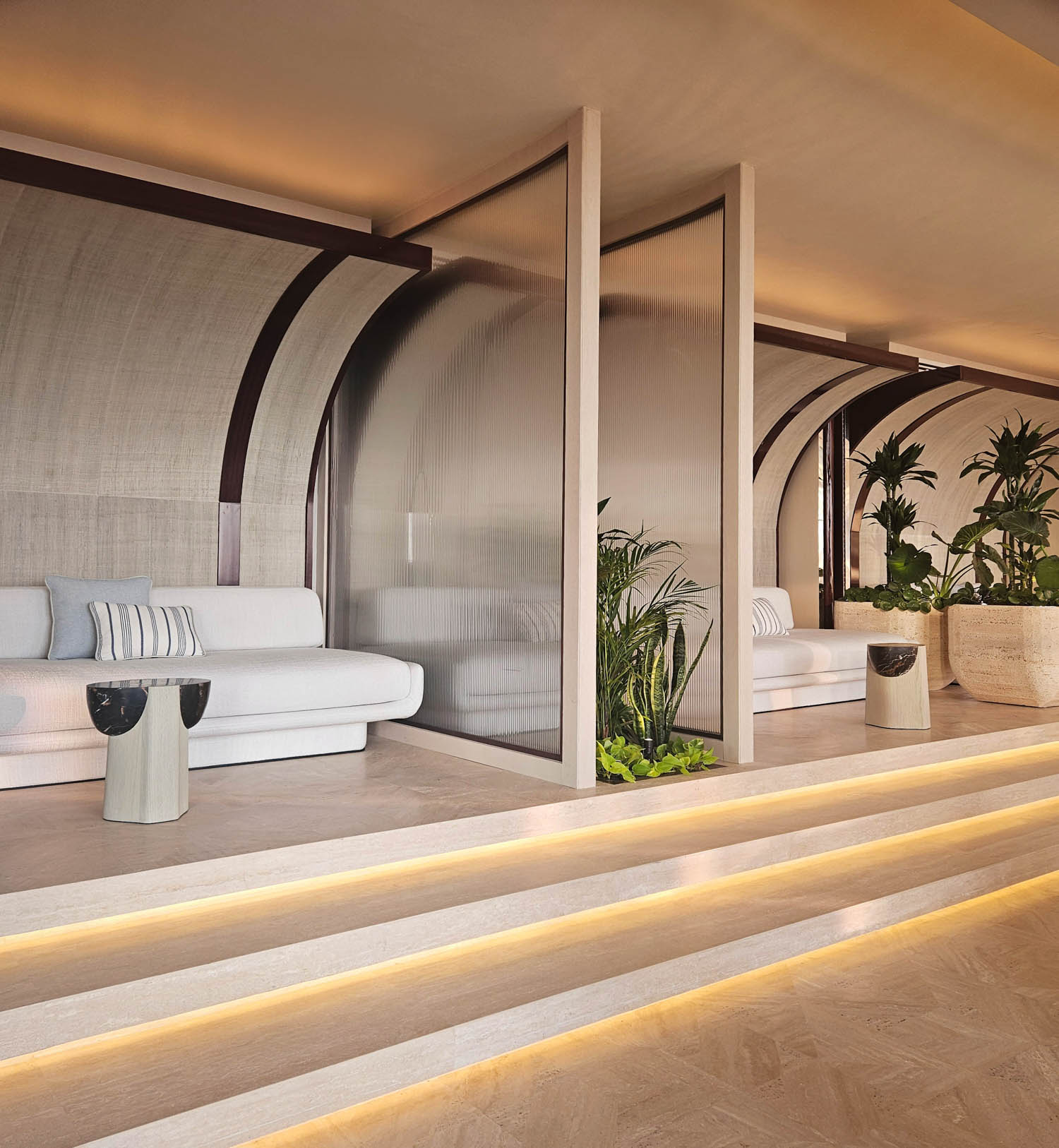
read more
DesignWire
10 Questions With… Omar Chakil
Omar Chakil shares his unexpected path into the world of design and working with Egyptian materials as part of his craft.
DesignWire
London Gets a Twist With This Playful Brick Installation
Another fantastical Alex Chinneck installation in London not only caused visitors to do a double take but also invited their interaction with it.

